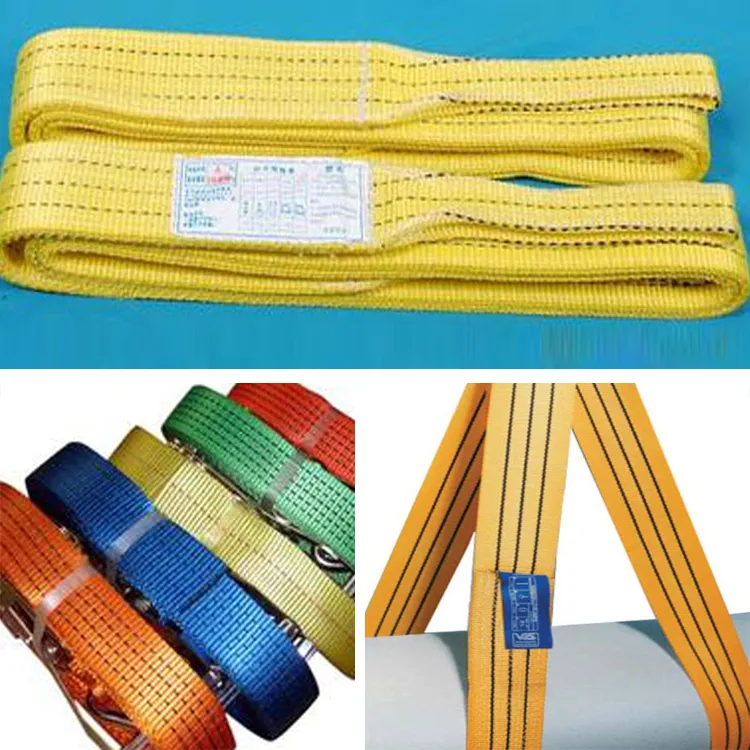sewing leather
Mastering the Art of Sewing Leather A Comprehensive Guide
Sewing leather may seem like a daunting task, particularly for beginners, but it can be an incredibly rewarding endeavor. Whether you are crafting bespoke accessories, clothing, or home décor items, knowing how to sew leather properly can unlock a world of creativity. In this guide, we will explore the essential techniques, tools, and tips you need to master the art of sewing leather.
Understanding Leather Types
Before you start sewing, it's crucial to understand the different types of leather. Leather is generally categorized into full-grain, top-grain, genuine, and bonded leather. Full-grain leather is the highest quality, known for its strength and durability, while bonded leather consists of scraps that are glued together and coated with polyurethane. For beginners, top-grain leather is ideal as it combines quality with a more manageable weight.
Essential Tools
To begin your leather sewing journey, you’ll need some specialized tools. Here’s a list of the essentials
1. Leather Needle These needles have a wedge-shaped point that easily penetrates the dense material without causing damage. 2. Heavy-Duty Thread Nylon or polyester threads are preferred, as they provide the strength required for leather projects.
3. Cutting Tools A rotary cutter or a sharp utility knife will help you achieve clean, precise edges. A cutting mat is also recommended.
4. Ruler and Disappearing Marking Pen Accurate measurements are crucial, so invest in a good ruler and a marking tool that can be easily removed.
Preparation of Leather
sewing leather

Before sewing, proper preparation of the leather is vital. Start by cutting your leather pieces according to your design. Always use a straight edge and a sharp cutting tool for the best results. Once cut, it’s a good practice to burnish the edges. This not only smooths the edges, giving it a professional look, but also helps prevent fraying.
Sewing Techniques
When it comes to sewing leather, there are several techniques to choose from
1. Hand Sewing Many leatherworkers prefer hand-sewing for intricate projects. Use the saddle stitch method, which involves stitching two threads through the same hole. This technique creates a strong and durable seam.
2. Machine Sewing If you're using a sewing machine, ensure that it’s heavy-duty enough to handle leather. Equip it with a walking foot to help feed the leather evenly and prevent slipping.
3. Stitching Patterns Experiment with different stitching patterns, such as decorative stitches, to add flair to your project.
Finishing Touches
Once your leather project is sewn, the finishing touches can make all the difference. Consider applying a leather conditioner to keep the material supple and protect it from wear. You can also seal the edges with an edge sealer to prevent fraying and give your project a polished appearance.
Conclusion
Sewing leather opens up a range of creative possibilities. With the right tools, techniques, and a little practice, anyone can create beautiful leather items that are both functional and stylish. Remember, patience is key. Don’t rush through the learning process. Instead, take your time to understand the materials and refine your skills. As you grow more comfortable, you’ll find that the world of leather sewing is filled with endless potential. So gather your supplies, find a project that excites you, and start sewing!
-
Boost Production Efficiency with a Pattern Sewing MachineNewsAug.29,2025
-
Industrial Excellence with the Best Heavy Duty Sewing MachineNewsAug.29,2025
-
Precision and Power with the Best Pattern Sewing MachineNewsAug.29,2025
-
Reliable Bulk Packaging Starts With the Right FIBC Sewing MachineNewsAug.29,2025
-
Advanced Packaging Solutions: Elevate Productivity with Jumbo Bag Sewing Machine and Industrial Stitching EquipmentNewsAug.29,2025
-
High-Performance Solutions for Bulk Packaging: FIBC Sewing Machine and MoreNewsAug.29,2025
-
Maximize Efficiency with an Industrial Cylinder Arm Sewing MachineNewsAug.28,2025


























